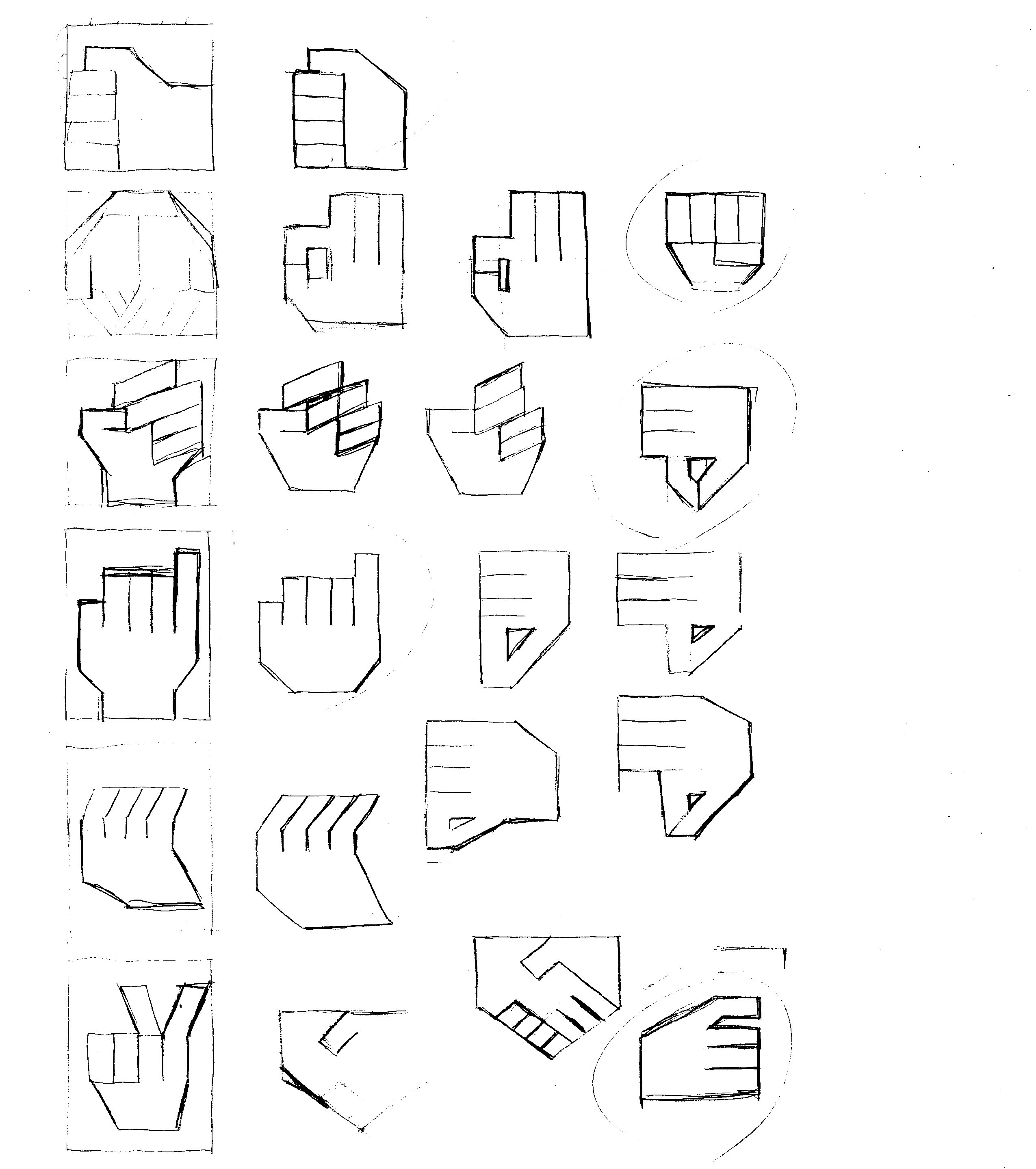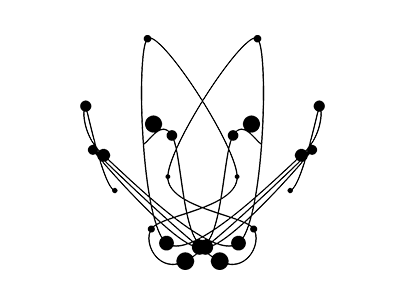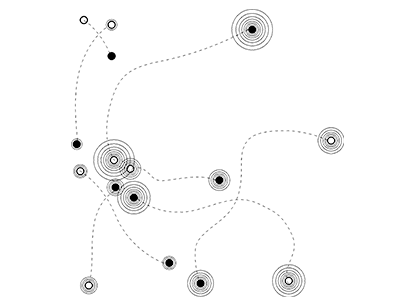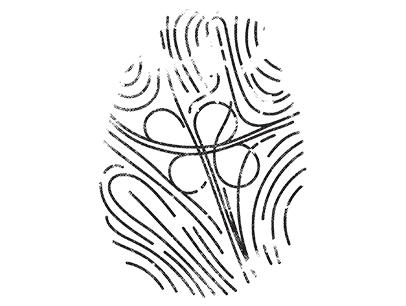Jury Statement
One of the most essential and effective tools are our hands, yet we take it for granted that they support each of our single actions throughout the day. As long as they function well, we do not pay too much attention to them.
Ayaha Kato observed her multitasking hands and documented single actions and gestures during the day. Instead of rendering her image set in the style of life drawing, she turned them into simplified, strong geometric shapes.
By choosing this style, the hands do not reveal any hint about whether they belong to a man or a woman, a child or an adult, a gardener or a swimmer.
Still, the 45 images that compose “In Your Hands” are not arbitrary. The shapes are reminiscent of paper cutting and kamon, Japanese family crests. Personality, culture, and humanity are present within each of these forms. As a reflective contemporary testimony, the project speaks to the changed significance of hands in 2020. We reflect on a not-so-distant time when we still shook hands and touched without any hesitation.
Artist Statement
This set of 45 symbols consists of hand motions, classified into three groups.
1-25, Hands holding and using things.
26-38, Hands used as a communication tool.
39-45, Hand postures that have meaning in themselves.
From ancient times, we have wielded tools, communicated with each other, and crafted extraordinary inventions using our hands. The gestures our hands make and shapes they form are deeply intimate to our lives. Yet, the socio-political implications surrounding their meaning and shape often go unexamined.
Today, with the onset of hands-off technologies such as motion-detected doors, speech recognition, automatic coffee-makers, and so on, we may not even realize that we have stopped using our hands the ways our ancestors did.
In a moment where touch is restricted and our hands are objects of both fear and fascination, “In Your Hands” is an invitation to observe and re-explore their social significance.
The meaning of each depiction will change depending on your values, culture and customs. The symbols and titles have been kept simple to allow personal interpretation of them. The 45 symbols ask you to examine the motions you might not recognize, and readdress the hands you are most familiar with.
Ayaha Kato
Ayaha Kato was born in Kyoto in 1998. She has been creating art since elementary school, when she drew cartoons and shared them with friends and family. In university, Kato studied graphic design, where she created posters, flyers, and books. She is currently researching new methods of expressing letters as shapes and images and enjoys collecting unique printed materials.
https://www.instagram.com/aya.h_moji/




